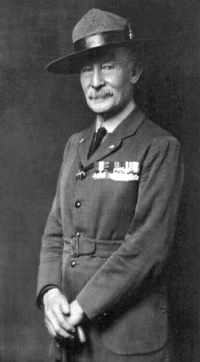
Peter and Jane, both 20 years old, are visited by a time machine one day in 1999. A familiar figure emerges, hands a diary to Jane, and asks her to travel to 2019, recording her impressions of the trip. She does so, dutifully making an entry in the diary. When she arrives in 2019 she meets the 40-year-old Peter and gives the diary to him. He returns to 1999, making an entry in the diary himself. When he emerges in 1999, he gives the diary to the 20-year-old Jane and asks her to travel to 2019.
Now: How many entries are in the diary when Peter gives it to Jane? It’s not blank, for we know it contains Jane and Peter’s accounts of their journeys through time. But if it contains those two accounts when Jane departs, then she will have written a third on her journey to 2019, and Peter a fourth before arriving at the present moment. It seems that the diary must contain an indefinite number of entries, but there are clearly only two trips, Jane’s to 2019 and Peter’s to 1999. What is the answer?
(From Robin Le Poidevin, Travels in Four Dimensions, 2003.)





